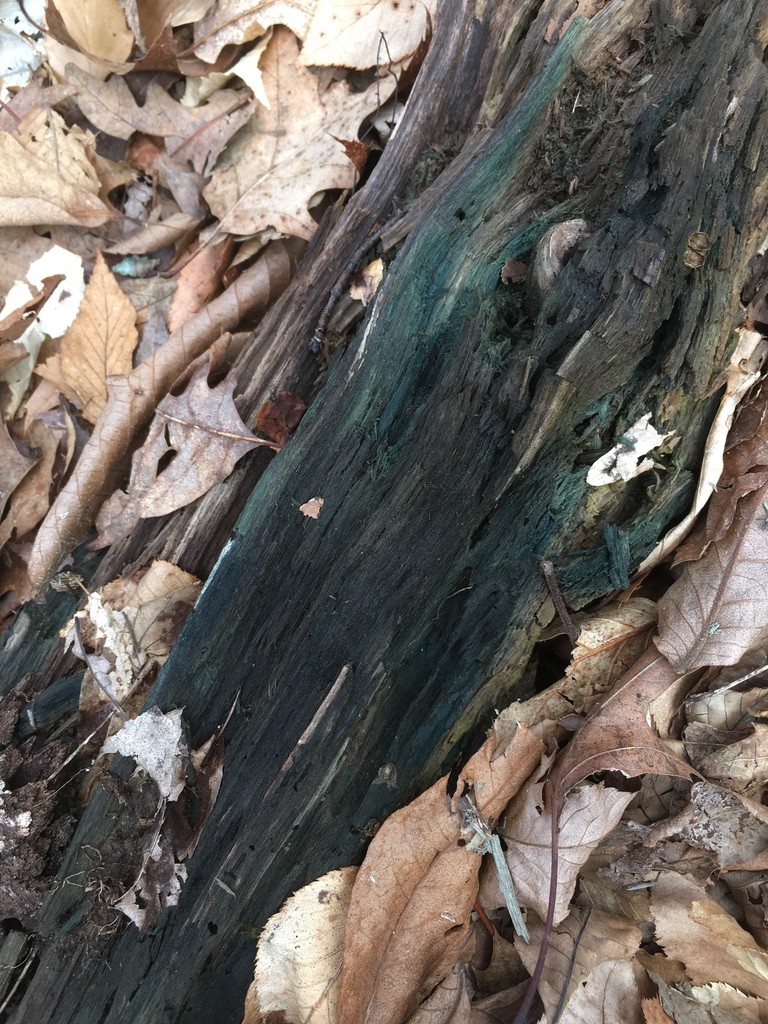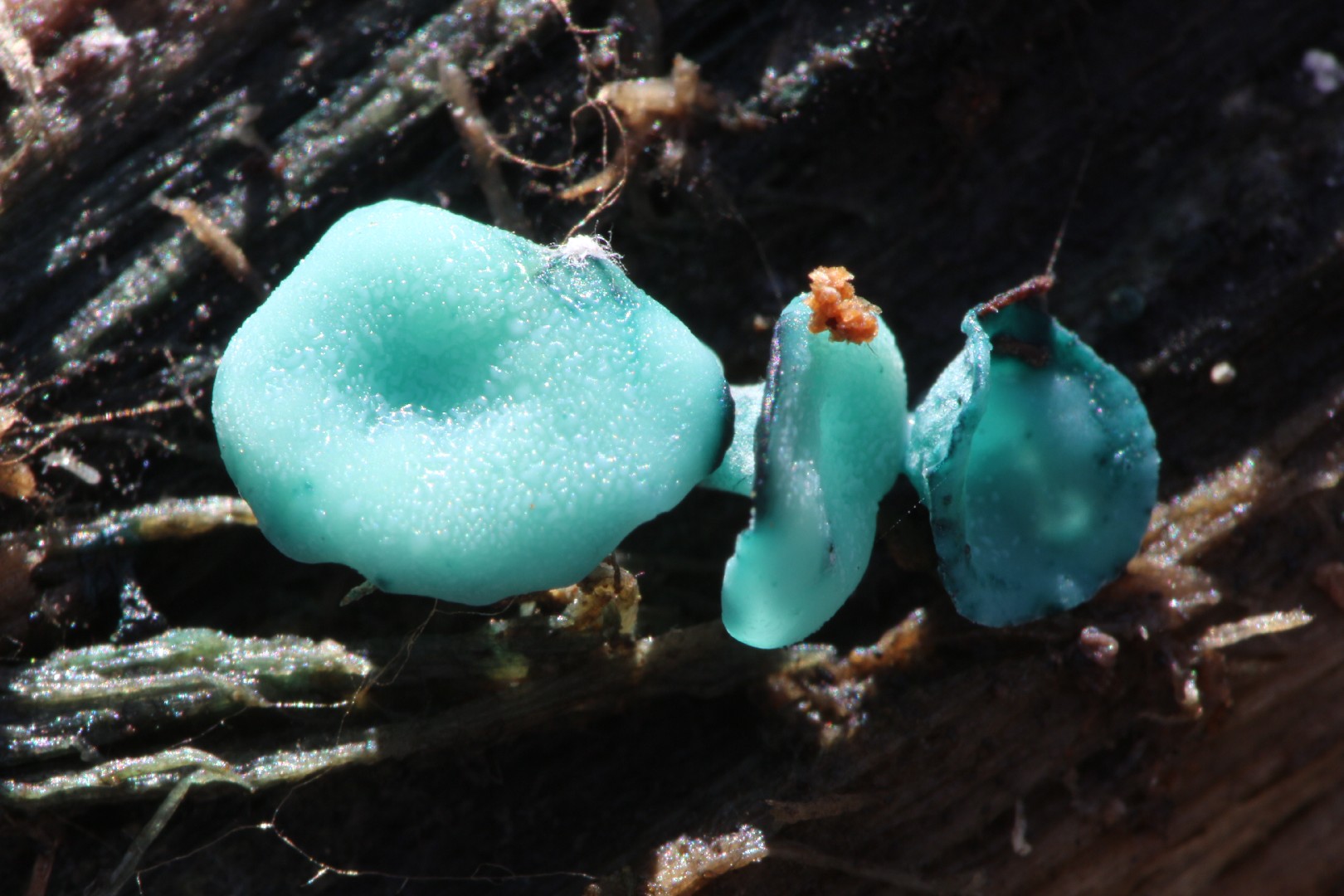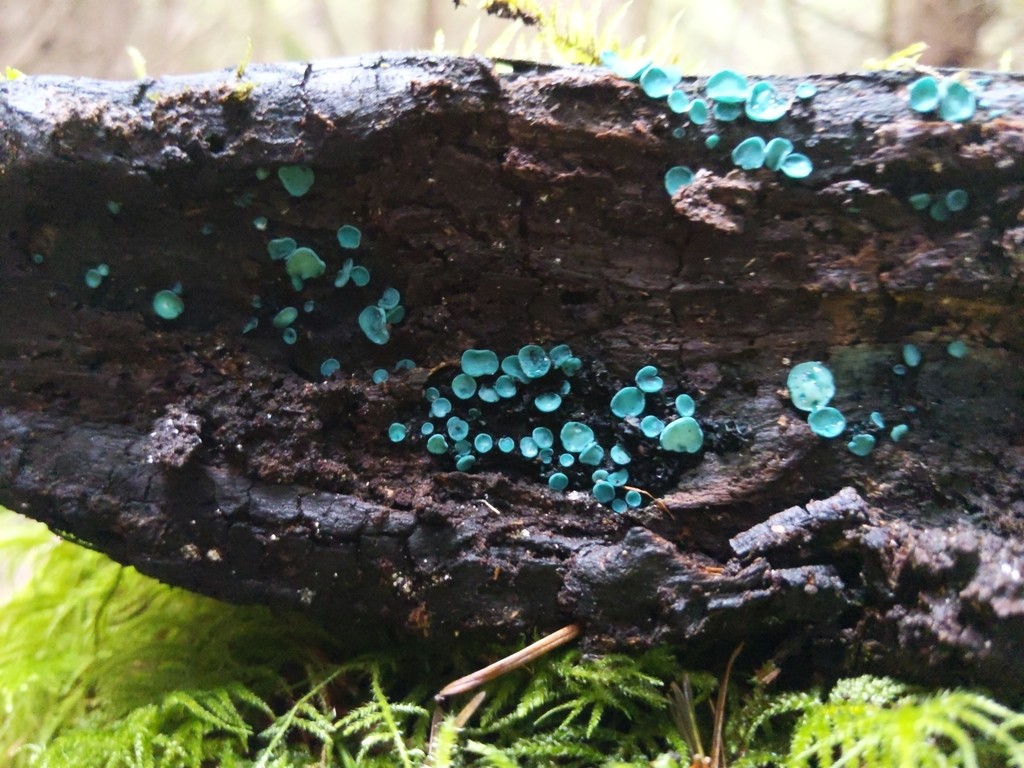Chlorociboria
Nom scientifique: Chlorociboria
Chlorociboria
Nom scientifique: Chlorociboria
 Photo By Charlie Hohn , used under CC-BY-4.0 /Cropped and compressed from original
Photo By Charlie Hohn , used under CC-BY-4.0 /Cropped and compressed from original La description
Chlorociboria est connu pour sa couleur bleu-vert frappante, qui provient d'un pigment appelé xylindéine. Ce pigment vibrant non seulement tache le bois sur lequel il pousse, mais il a également été utilisé dans la menuiserie à des fins décoratives depuis le 15e siècle. Les champignons poussent généralement sur du bois décomposé, ce qui fait des forêts leurs habitats communs. Cette coloration distinctive attire souvent l'attention, rendant chlorociboria facilement reconnaissable pour les passionnés et les novices en mycologie.
Espèces de Chlorociboria
Classification scientifique
Phylum
Ascomycota Classe
Leotiomycetes Ordre
Helotiales Famille
Chlorociboriaceae Genre
Chlorociboria 
